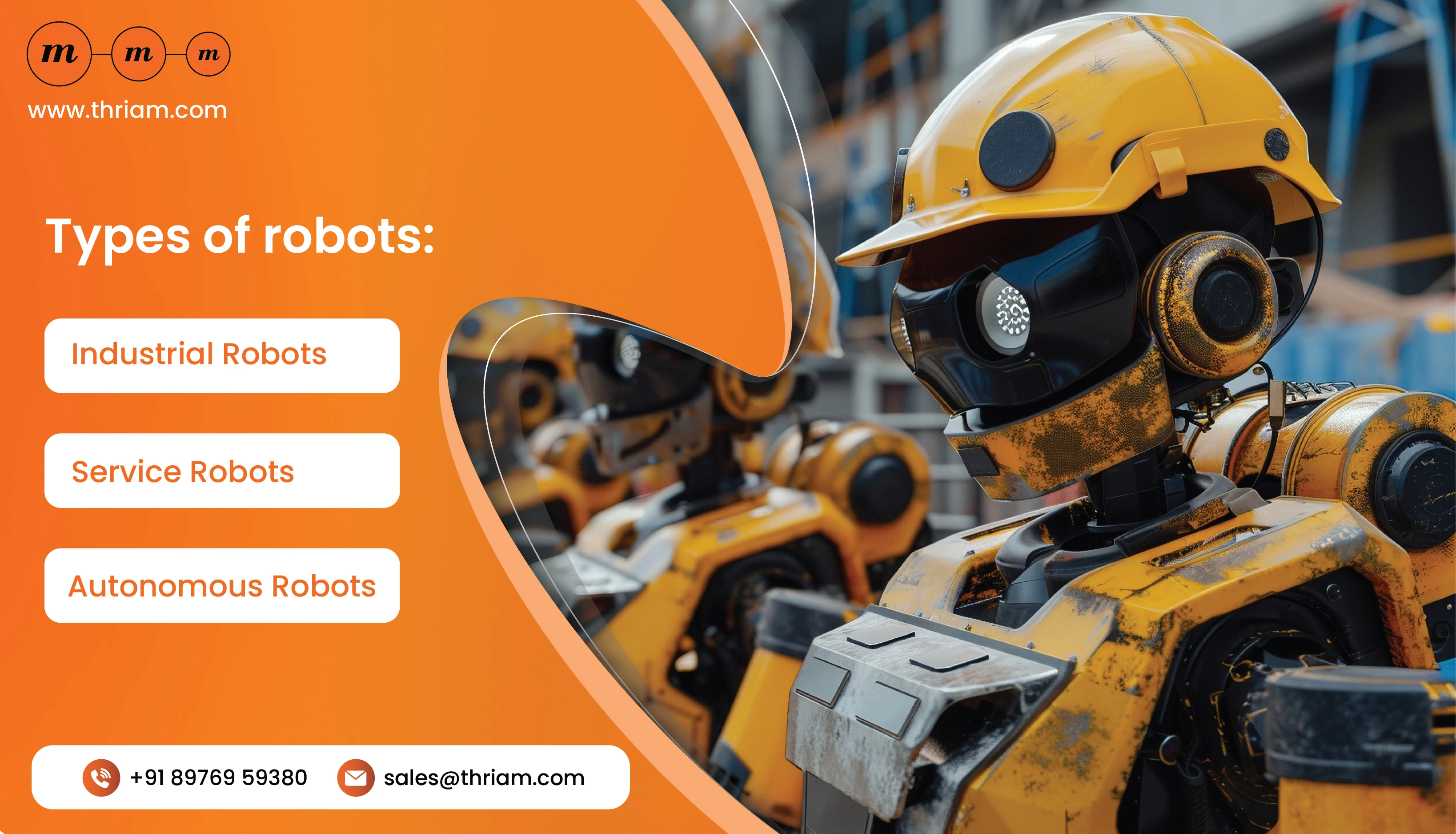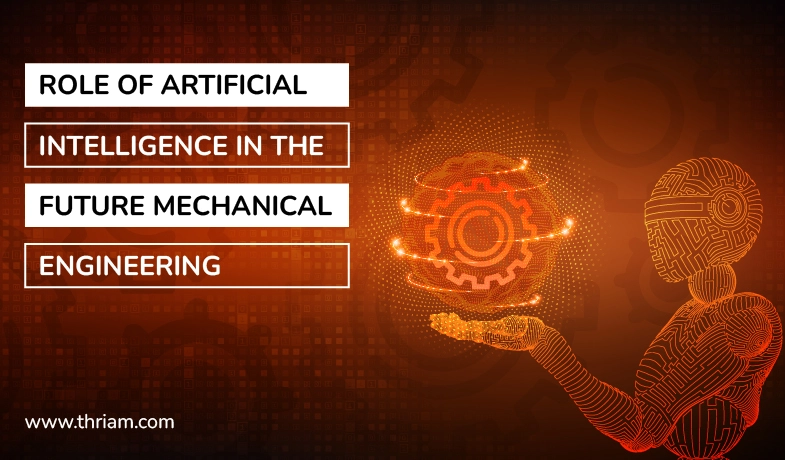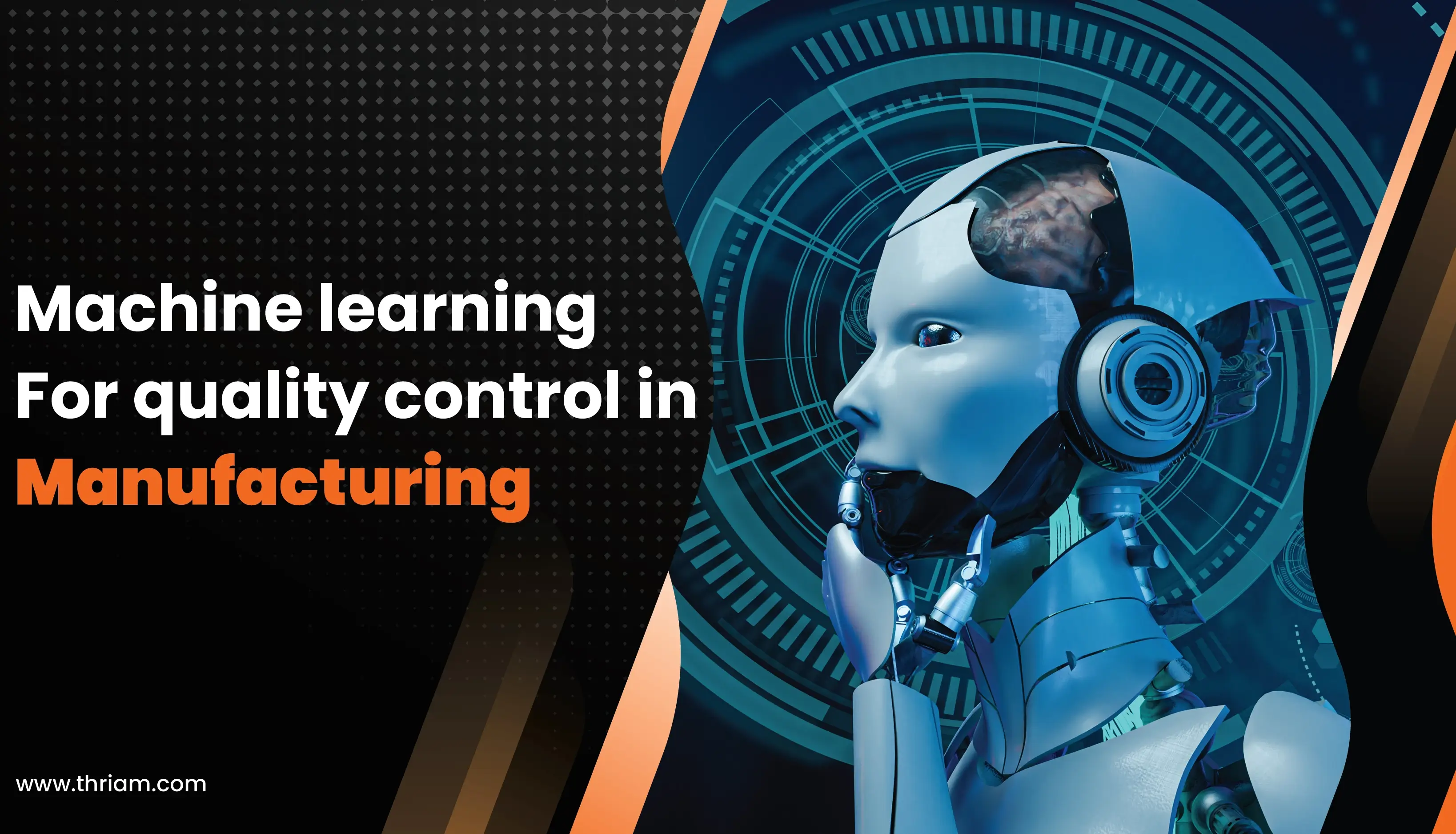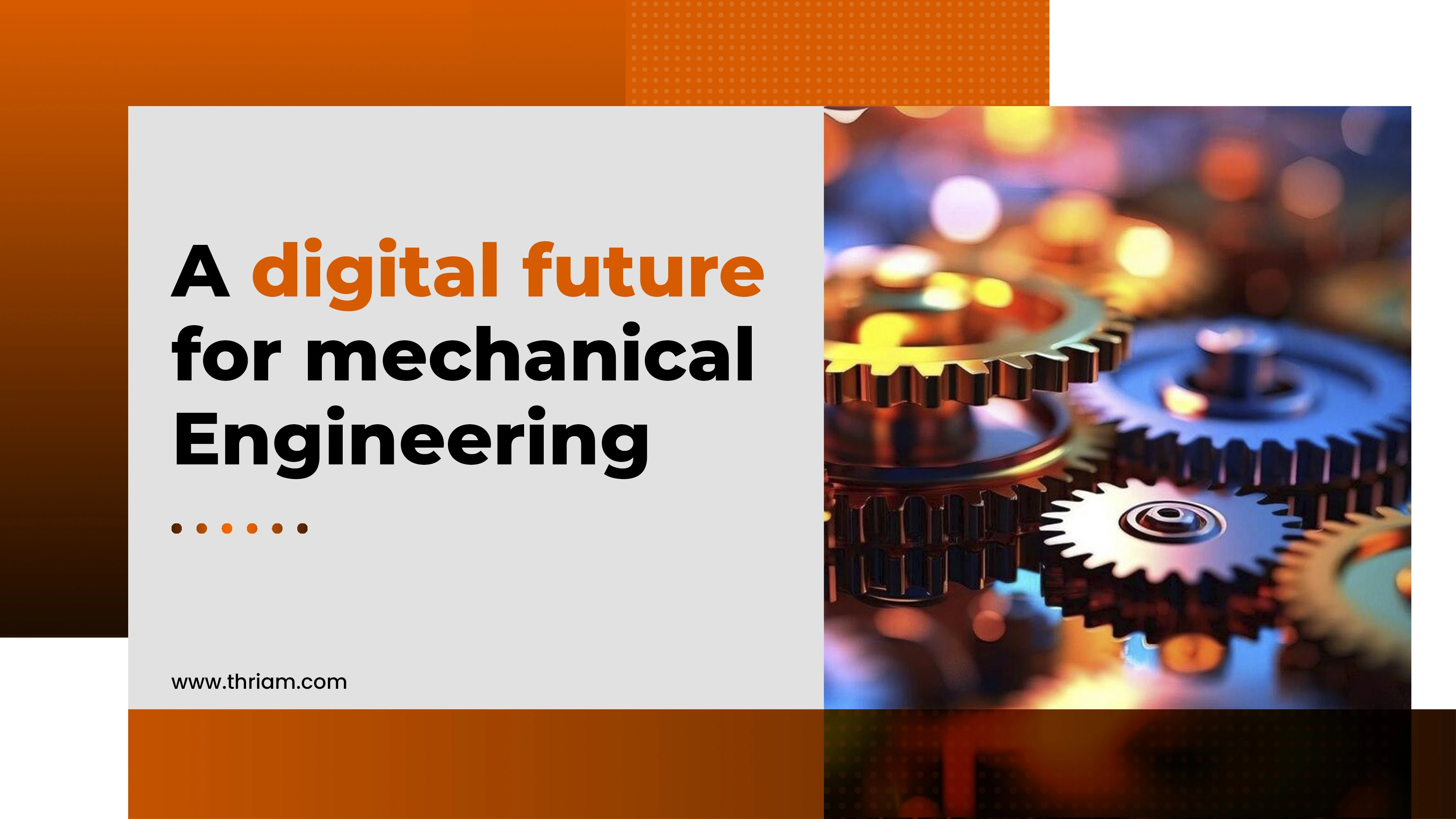Understanding Robotics: Exploring the World of Intelligent Machines

Defining Robotics:
In its simplest form, robotics is an interdisciplinary field that encompasses the design, construction, and programming of machines known as robots. These machines are endowed with autonomous or semi-autonomous capabilities, allowing them to perform tasks independently or under human guidance. Robotics combines elements of computer science, engineering, and artificial intelligence to create intelligent machines.
History:
The origins of robotics can be traced back to ancient civilizations, where complex mechanical devices were created for various purposes. However, the term "robot" was first coined in the 1920 play "R.U.R." (Rossum's Universal Robots) by Karel Čapek. It derived from the Czech word "robota," meaning forced labor or servitude.
The true birth of modern robotics occurred in the 20th century. In 1954, George Devol and Joseph Engelberger introduced the first programmable robot, the Unimate. It was primarily used for tasks like welding and material handling in automotive factories, revolutionizing manufacturing processes.
In subsequent decades, robotics advancements accelerated. The field witnessed the development of various types of robots, such as industrial robots capable of precise and repetitive tasks. The evolution of robotics gained further momentum with the advent of microprocessors, enabling robots to have computational control and sensory capabilities.
Throughout the years, robotics expanded its domain beyond the industrial sector. Robots made headway into areas like healthcare, space exploration, and even our homes. Surgical robots, for example, have transformed the field of medicine by enhancing precision and reducing invasiveness. The Mars rovers, Spirit and Opportunity, captivated the world as they explored the Red Planet’s surface. Additionally, in our everyday lives, we now have service robots that assist with household chores and provide companionship.
As robotics became more advanced, researchers began exploring the concept of autonomy. Autonomous robots, equipped with sensors and intelligent algorithms, can navigate complex environments without constant human supervision. This breakthrough paves the way for future robotic applications in search and rescue missions, hazardous environments, and beyond.
Types of robots:

Industrial Robots:
Industrial robots are the workhorses of manufacturing and production lines. These machines are designed to perform repetitive and precise tasks with speed and accuracy. Equipped with multiple axes and precise control systems, they are capable of lifting heavy loads, welding, painting, assembly, and material handling. By automating these tasks, industrial robots increase efficiency, reduce errors, and improve workplace safety. They have become indispensable in industries like automotive manufacturing, electronics, and logistics.
Service Robots:
Service robots are revolutionizing various sectors, including households and healthcare. Designed to assist humans with everyday tasks, these robots bring convenience and support. In households, service robots can handle chores like vacuuming, mowing the lawn, or even preparing meals. Health care service robots aid medical professionals in various functions, such as patient monitoring, medication delivery, and even surgery assistance. Service robots aim to enhance quality of life, improve independence, and alleviate burdens in both residential and medical settings.
Autonomous Robots:
Autonomous robots, also known as self-sufficient robots, can operate without constant human supervision. These intelligent machines are equipped with advanced sensors and decision-making algorithms, making them capable of perceiving and reacting to their environment. Autonomous robots have applications in diverse fields, such as exploration, search and rescue missions, agriculture, and even space exploration. They navigate complex terrains, withstand harsh conditions, and execute tasks that would otherwise be dangerous or impossible for humans.
Applications of Robotics:
Manufacturing: Streamlining Production Lines:
Robots have significantly transformed the manufacturing sector, streamlining production lines and improving efficiency. With their speed, accuracy, and repeatability, robots excel at repetitive tasks, such as assembly, welding, and material handling. Their continuous operation increases productivity and minimizes errors, ultimately reducing costs and improving overall product quality. Industrial robots are instrumental in industries like automotive manufacturing, electronics, and logistics, contributing to streamlined and efficient production processes.
Healthcare: Precision and Support:
Surgical Robots: Surgeons increasingly utilize robotic surgical systems to perform complex procedures with enhanced precision and control. These systems offer enhanced visualization and dexterity, leading to smaller incisions, reduced recovery times, and improved surgical outcomes.
Rehabilitation Robots: These robots aid in the recovery of patients undergoing physical therapy, helping them regain motor function and independence. By providing consistent and targeted exercises, rehabilitation robots assist patients in their recovery journey, complementing the efforts of healthcare professionals.
Robotic Prosthetics: Prosthetic limbs enhanced with robotic technology offer increased functionality and mobility, empowering individuals with limb loss. By utilizing sensors and actuators, these robotic prosthetics can replicate natural movements, enabling users to perform various tasks with greater ease and dexterity.
Agriculture: Enhancing Efficiency and Precision:
The agricultural sector has embraced robots to improve productivity and address labor-related challenges. Robots are increasingly utilized for various tasks:
Harvesting: Fruit-picking robots equipped with computer vision and robotic arms meticulously detect and collect ripe produce. These robots minimize harvest time, reduce labor costs, and ensure consistent quality.
Weed Control: Agricultural robots equipped with machine vision systems identify and target weeds, reducing the need for manual labor or harmful chemicals. This approach promotes more sustainable and environmentally friendly farming practices.
Crop Monitoring: Drones and ground-based robots equipped with sensors capture precise data about crop health, moisture levels, and nutrient deficiencies. This information enables farmers to make data-driven decisions to optimize crop yield and resource utilization.
Future of Robotics:
Artificial Intelligence and Machine Learning:
Integrating artificial intelligence and machine learning into robotics enables machines to learn from data and make intelligent decisions. These technologies empower robots to adapt to new situations, perceive their environment, and interact naturally with humans. From autonomous navigation to complex problem-solving, robots equipped with AI and machine learning capabilities will revolutionize industries such as healthcare, transportation, and manufacturing.
Human-Robot Collaboration:
Enhanced Productivity: Future workplaces will witness increased collaboration between humans and robots. Robots will handle repetitive or physically demanding tasks, freeing humans to focus on more creative and strategic work. This synergy will enhance productivity and efficiency across industries, resulting in improved outputs and higher quality products.
Augmentation of Human Capabilities:
Collaborative robots, or cobots, are designed to work alongside humans safely. Cobots complement human abilities, providing assistance in areas that might require extra precision, strength, or endurance. This cooperation will unlock new possibilities and expand the potential of human workers, ultimately creating a harmonious blend of human and robotic capabilities.
Integration into Everyday Life:
As robotics technology advances, we can expect robots to become an integral part of our daily lives. From domestic tasks such as cleaning and cooking to personal assistance and companionship, robots will assist us in various aspects, making our lives easier and more convenient.
Advancements in Human-like Robotics:
The future of robotics entails the development of robots that emulate human-like appearance, movement, and interaction. This could lead to more natural and intuitive interactions between humans and robots, fostering stronger relationships and collaboration.
Exploration in Extreme Environments:
Robots will play a vital role in exploring and operating in environments that are dangerous or inaccessible to humans. From deep-sea exploration to space missions, robots will venture into extreme surroundings, expanding our knowledge and enabling us to push the boundaries of exploration.
Conclusion:
Understanding robotics is not merely about comprehending technology; it is about embracing the potential that it brings to our lives and our world. By appreciating the power of automation, realizing the benefits of collaboration, advocating for inclusivity, committing to lifelong learning, and fostering innovation, we can shape a future where robotics serves as a catalyst for progress and human flourishing.



